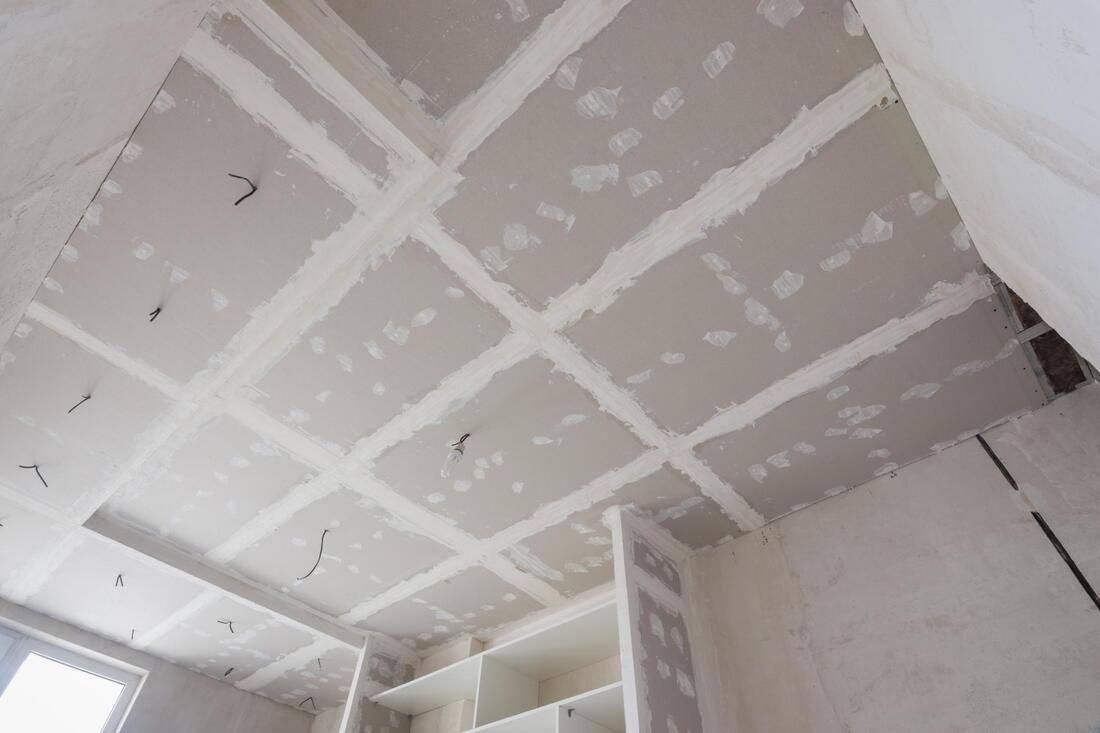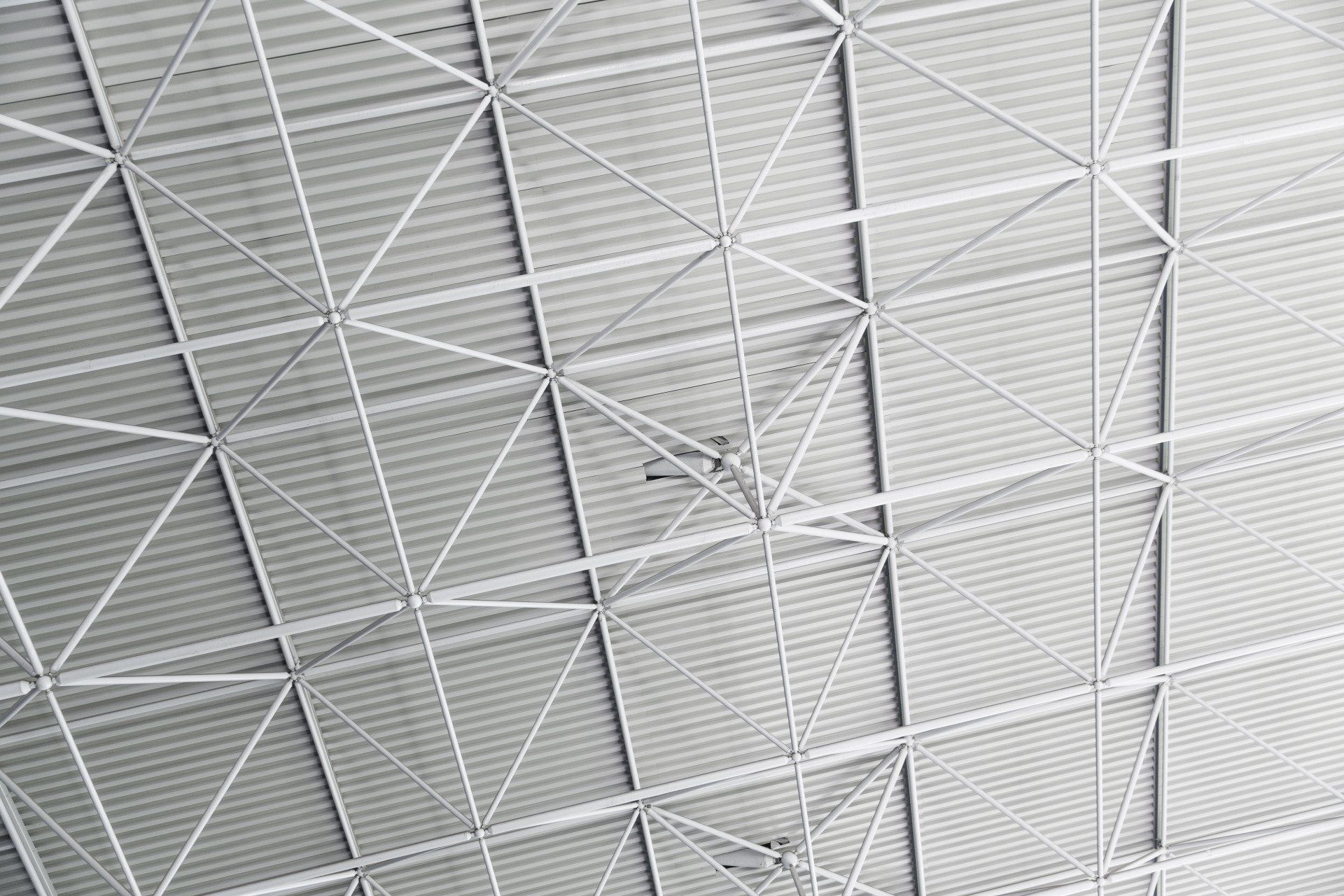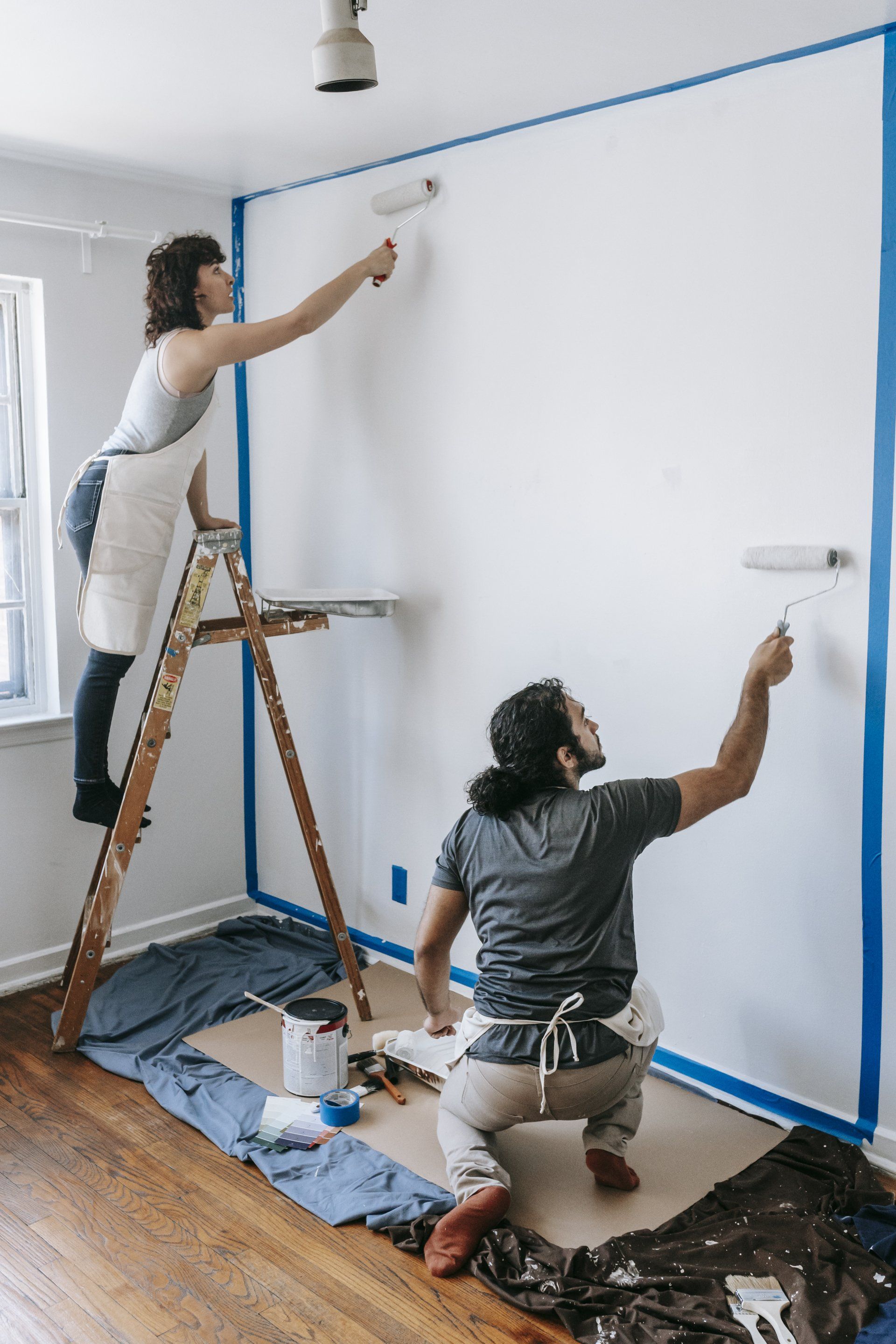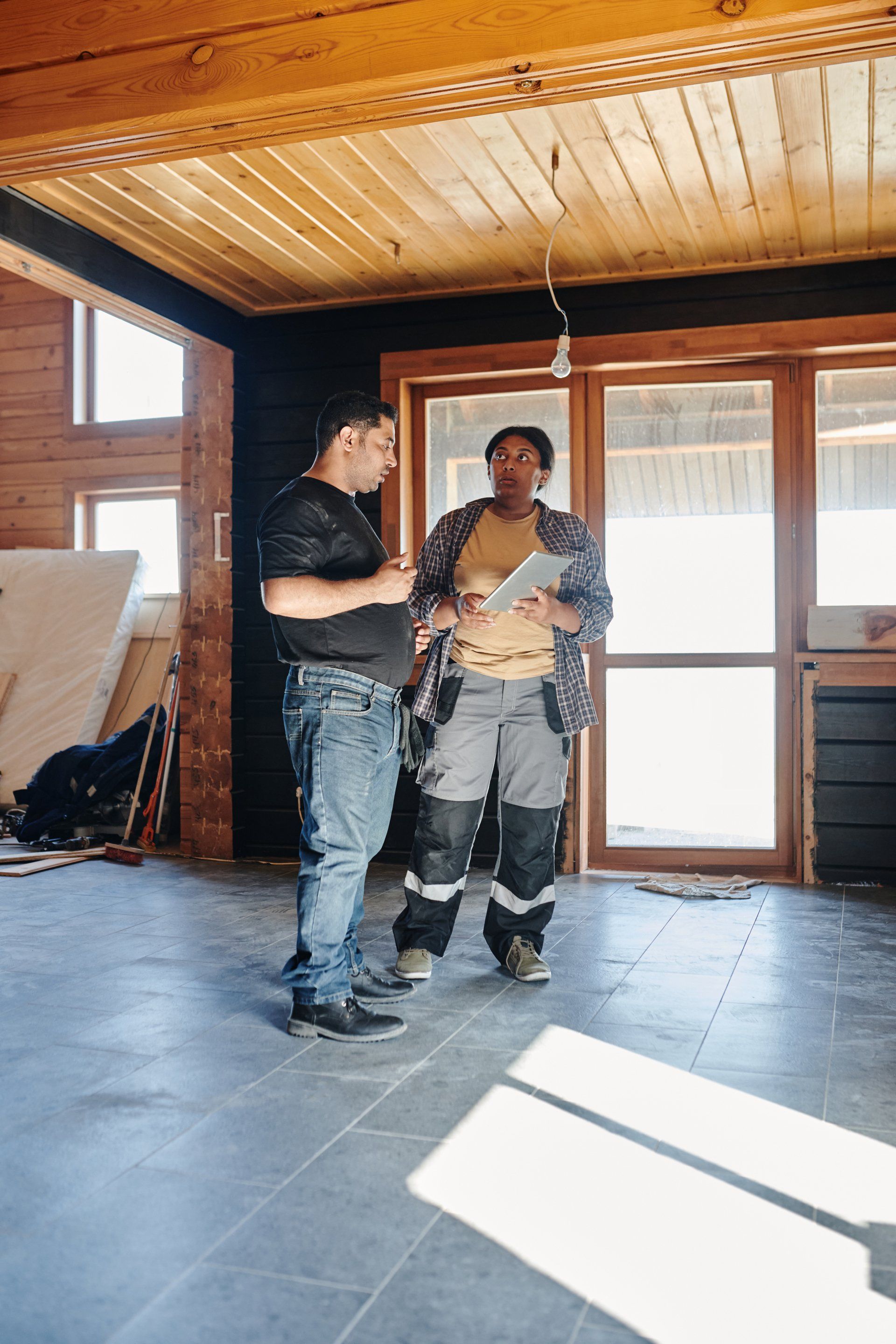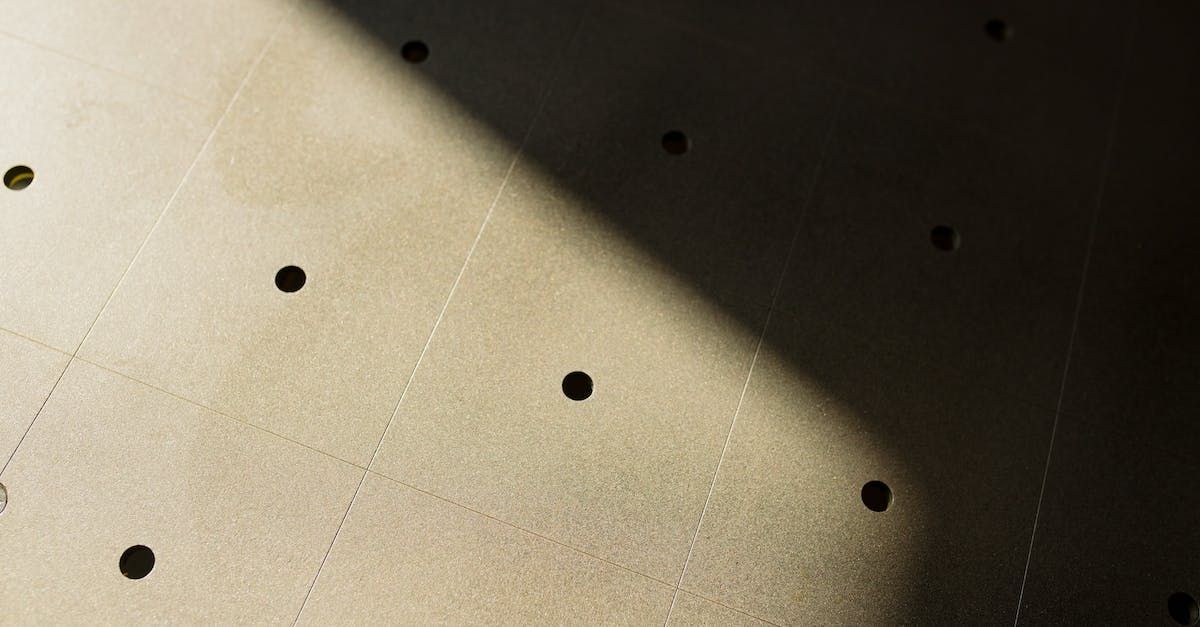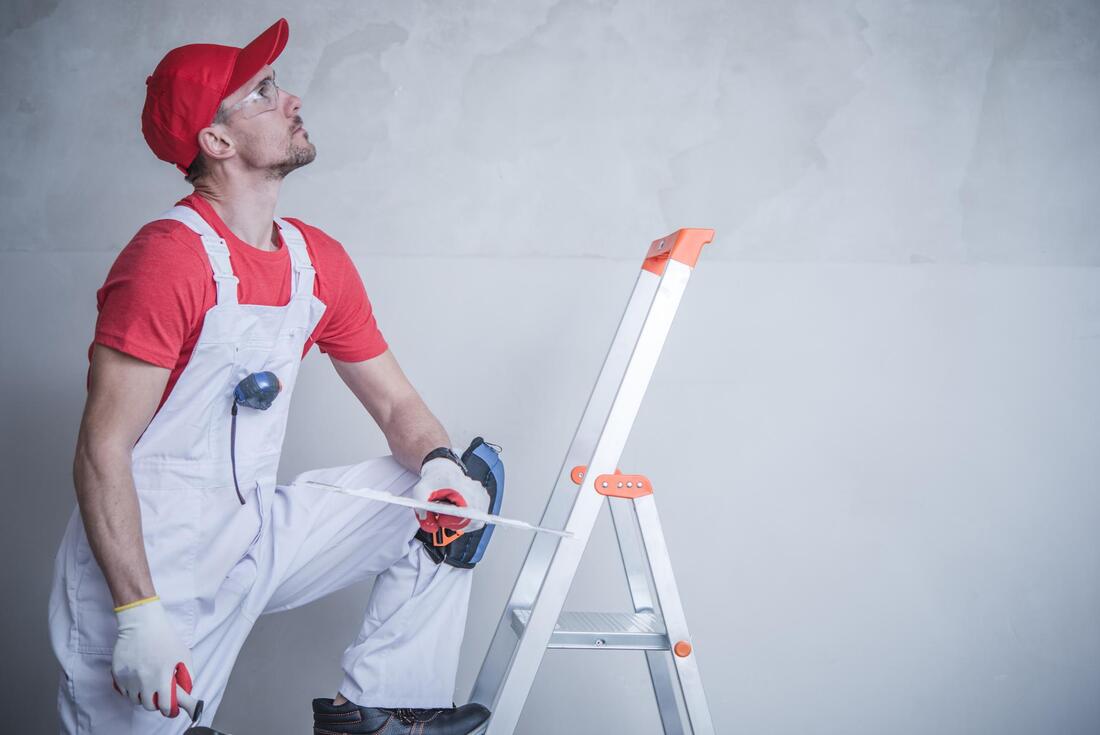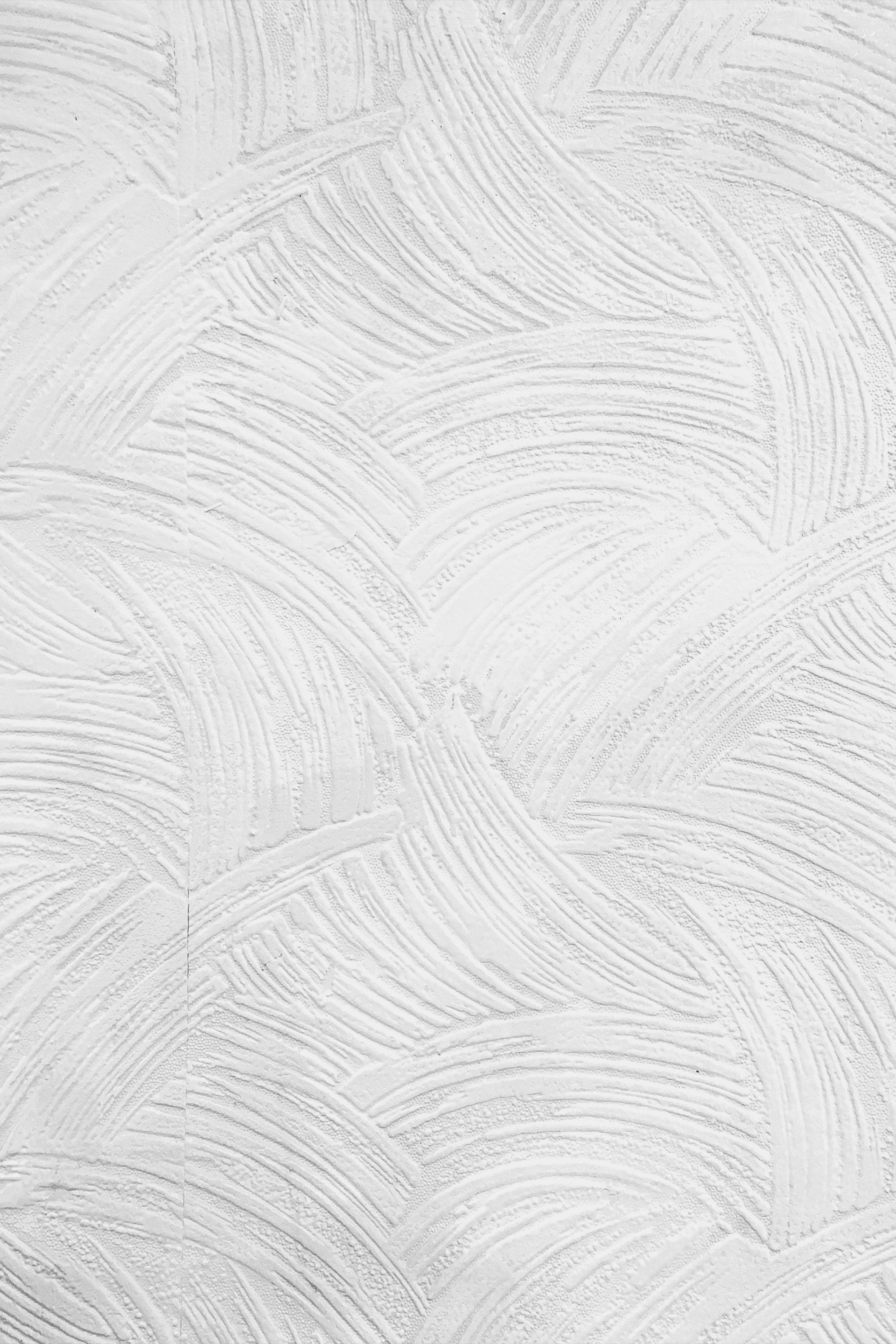
A Comprehensive Guide to Lath and Plaster: Repair, Installation, and Maintenance
Unveiling the Art of Lath and Plaster: From Repair to Installation
In the world of interior construction and design, lath and plaster have a storied history. This traditional building method, which dates back centuries, was once the standard for creating walls and ceilings in homes and commercial spaces. While drywall has largely replaced it, lath and plaster still grace many older buildings, and the knowledge of how to work with this material is valuable. In this comprehensive guide, we'll explore lath and plaster, including its repair, installation, and maintenance, to help you understand and manage this unique construction technique.
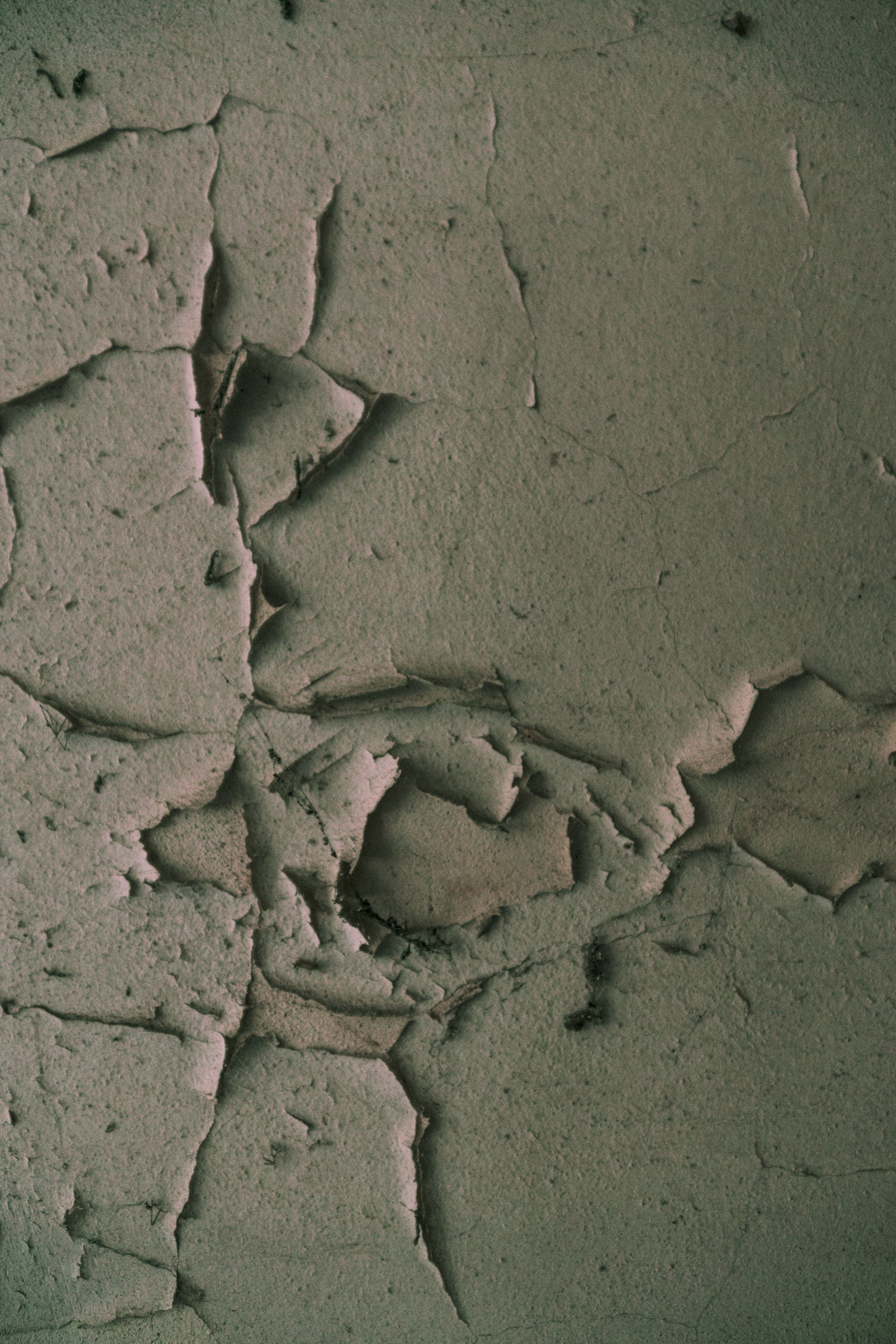
What is Lath and Plaster?
Lath and plaster, often referred to simply as "lath and plaster," is a construction technique used for creating walls and ceilings. It involves a two-step process:
- Lath Installation: Wooden or metal laths (thin strips) are attached to the underlying structure, such as studs or joists. These laths create a framework or base for the plaster to adhere to.
- Plaster Application: Plaster, a mixture of sand, lime, and/or gypsum, is applied over the laths in multiple coats. As each layer dries, it hardens and creates a solid and durable surface.
Advantages of Lath and Plaster
- Durability: Lath and plaster walls and ceilings are known for their longevity. When well-maintained, they can last for many decades, if not centuries.
- Sound Insulation: The combination of laths and plaster provides excellent sound insulation, making it ideal for homes and buildings where noise reduction is essential.
- Fire Resistance: Plaster is naturally fire-resistant, adding an extra layer of safety to your space.
- Custom Design: Plaster allows for intricate and customizable designs, including decorative moldings and patterns.
Lath and Plaster Repair
If you have an older property with lath and plaster surfaces, it's important to know how to address common issues and perform repairs when necessary. Lath and plaster ceiling patching can be a meticulous process, especially when integrating modern materials like drywall.
Here's a step-by-step guide to lath and plaster repair:
Materials Needed:
- Plaster mix
- Laths (if damaged)
- Screws and a screwdriver
- Mesh tape
- Plasterboard (for large repairs)
- Joint compound
- Trowel and hawk
- Sandpaper
- Primer and paint
Repair Steps:
Assessment: Identify the areas that need repair. Common issues include cracks, holes, and loose plaster.
Secure Laths: If the laths are loose, secure them by driving screws through the plaster and into the laths.
Clean and Prep: Clean the damaged area, removing loose plaster and debris. Sand the edges of cracks or holes to create a smooth surface.
Apply Mesh Tape: For cracks, apply mesh tape over the damaged area. This tape helps provide support for the new plaster.
Apply Plaster: Mix plaster according to the manufacturer's instructions. Apply a thin coat over the repaired area. For larger repairs, you may need to use plasterboard as a patch.
Smooth and Blend: Use a trowel to smooth the plaster, blending it with the surrounding surface. Feather the edges to create a seamless finish.
Dry and Sand: Allow the plaster to dry completely. Once dry, sand the repaired area until it's smooth and even.
Prime and Paint: Apply primer and paint to match the rest of the wall or ceiling.
Lath and Plaster Repair Near Me
For extensive or intricate lath and plaster repair jobs, it's often best to consult with a professional. Search online for "lath and plaster repair near me" to find local experts who can help restore your surfaces to their former glory.
Lath and Plaster Installation
While lath and plaster installation is less common in modern construction, it's still a valuable skill to possess, especially for restoration projects. Here's a simplified guide to lath and plaster installation:
Materials Needed:
- Wooden or metal laths
- Plaster mix
- Screws or nails
- Trowel and hawk
- Sandpaper
Installation Steps:
Prepare the Surface: Ensure the underlying structure (studs or joists) is sound and properly spaced. Clean the surface and remove any debris.
Install Laths: Attach the laths horizontally or diagonally to the structure using screws or nails. Leave a small gap between each lath to allow for the plaster to key in.
Mix Plaster: Follow the manufacturer's instructions to mix the plaster to the desired consistency.
Apply the First Coat: Using a trowel, apply the first coat of plaster, also known as the scratch coat, to the laths. Press the plaster firmly into the gaps between the laths.
Apply Subsequent Coats: Apply additional coats of plaster, allowing each one to partially set before applying the next. The final coat should be smooth and even.
Finish and Texture: Depending on your design preferences, you can add textures or decorative elements to the plaster while it's still wet.
Dry and Sand: Allow the plaster to dry thoroughly before sanding the surface to achieve the desired finish.
Prime and Paint: Once the plaster is completely dry, prime and paint the surface as needed.
Lath and Plaster Maintenance
To ensure the longevity of your lath and plaster walls and ceilings, regular maintenance is essential. Here are some maintenance tips:
Inspect for Damage: Periodically inspect your lath and plaster surfaces for cracks, holes, or loose plaster. Address any issues promptly to prevent further damage.
Cleaning: Dust and clean your lath and plaster surfaces regularly to maintain their appearance. Avoid using abrasive cleaning materials.
Repainting: Repainting every few years can help protect the plaster and keep it looking fresh.
Avoid Moisture: Lath and plaster are susceptible to moisture damage. Ensure your space is adequately ventilated and address any water leaks promptly.
Protect Corners: Corners and edges of walls and ceilings are vulnerable to damage. Consider adding protective corner beads or moldings to prevent wear and tear.
The Art of Blending Lath and Plaster with Drywall
To effectively blend lath and plaster with drywall, meticulous attention to detail and expertise is crucial to achieve a flawless finish that seamlessly combines the traditional charm of lath plaster repair with the practicality of drywall. This process involves careful preparation and use of specific tools and materials, such as brushes, mortar, and wire. Additionally, techniques such as soundproofing and the use of fillers can be critical to maintaining both the aesthetic and functional integrity of the space. Whether it’s in a historic home or a modern renovation, lath and plaster repairs and patching lath and plaster require a skilled hand and an understanding of both old and new construction methods, including knowledge on how to plaster lath. Achieving the perfect plaster lath texture and repairing lath and plaster necessitates a blend of traditional craftsmanship and modern techniques.
Lath and Plaster Companies Near Me
If you're looking for professional assistance with lath and plaster repair, installation, or maintenance, search for "lath and plaster companies near me" to find local experts who specialize in working with this traditional construction method. They can provide guidance and expertise to ensure your lath and plaster surfaces remain in excellent condition. Whether it's blending in plaster with existing beads, working on plasterboard laths, or handling lath and plaster ceiling repair, these professionals have the skills needed. Additionally, if you need to know how to patch a large hole in lath and plaster wall, or require plaster lath repair, they can offer tailored solutions to meet your specific needs.
To effectively blend lath and plaster with drywall, meticulous attention to detail and expertise is crucial to achieve a flawless finish that seamlessly combines the traditional charm of lath and plaster with the practicality of drywall. Here's a step-by-step guide to lath and plaster repair:
In conclusion, lath and plaster may be an age-old construction technique, but its durability and unique characteristics continue to make it relevant today, especially in contexts like kitchen renovations or other room refurbishments. Whether you're looking to repair lath and plaster wall surfaces or considering its use in a restoration project, this comprehensive guide has provided you with valuable insights into the world of lath and plaster. Employing tools such as the putty knife in your work, understanding the privacy policy of any renovation services used, and ensuring clean-up with a vacuum cleaner are all parts of the care and knowledge needed. For those in need of professional assistance, searching for plaster service near me can connect you with experts who specialize in lath and plaster walls repair and plastering laths. With the right approach, you can preserve and appreciate the timeless beauty of this traditional building method.
Business Hours
Mon - Sun
7am - 7pm pst
©Sacramento Drywall Contractor Pros
